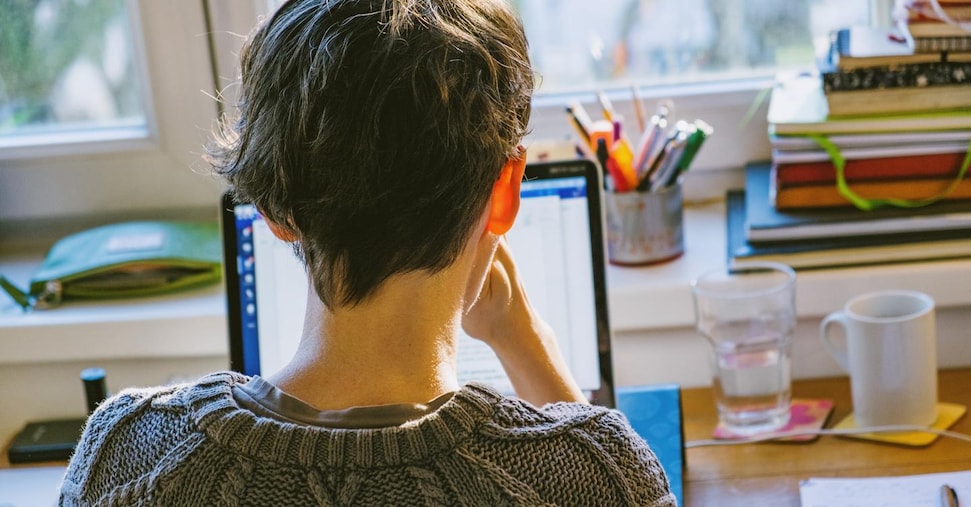Listen to the audio version of the article
Among Generation Z, more than half of the population spends at least an hour a day on social media. Also considering other activities carried out in front of the screen, the average number of hours rises to an average of between 7 and 9 per day. In other words, nearly every waking hour of teenagers is dedicated in whole or in part to using their devices. This is an alarming trend, emerging from recent research and taken up by “Headway”, an initiative created by The European House – Ambrosetti in partnership with Angelini Pharma, which underlines the urgency of greater awareness and intervention: only in Italy, it is estimated that half a million teenagers are addicted to social media. Additionally, the evolving social media landscape, with the proliferation of platforms such as TikTok and Snapchat, used regularly by 49% and 43% of those in the 15-24 age group respectively, presents new challenges. Teens are drawn to these platforms for their constant stimulation, contributing to a culture of short attention spans and constant scrolling.
Among the consequences of increased social media use, cyberbullying poses significant risks to adolescents’ mental well-being. The anonymity and reach of digital platforms amplify the harmful effects of bullying, leaving victims exposed and vulnerable. According to a recent WHO report on Student Health Behavior, the spread of social media among younger age groups is causing a rapid increase in this phenomenon: between 2018 and 2022, the proportion of adolescents aged between 11 and 15 who have been victims of cyberbullying increased from 12% to 15% among boys and from 13% to 16% among girls.
A significant change then concerns the decrease in social interactions between young people, with a reduction in social, sporting and cultural activities. With the spread of online platforms, more introverted individuals tend to isolate themselves more and find comfort in online activities. In Italy, the percentage of adolescents who meet with friends every day has decreased dramatically from 69% in 2006 to 31.5% in 2022. This worrying trend, not limited to Italy, has prompted the WHO to establish a Commission on Social Connection in 2023 with the aim of raising awareness of the impacts of loneliness on mental and physical health.
The commitment required will, however, have to be increasingly greater, in light of recent studies which highlight the increasingly incisive impact of some aspects of everyday life which risk further increasing the onset of mental disorders or malaise, for example exposure to an overabundance of information and excessive use of social media, especially among younger people.
Among the outputs of the project, the Headway – Mental Health Index analyzes the different factors that determine the state of mental health of citizens in the 27 countries of the European Union and in the United Kingdom, using various key performance indicators (KPIs) relating to environmental determinants, the state of health of the population and the system’s ability to respond to mental health needs. While data still reveal significant differences in mental health strategies, policies and legislation, some progress is being made in addressing these needs in school and work contexts. To face this great challenge, a multidisciplinary strategy is needed that involves collaboration between governments, schools and families. Schools, in particular, play a crucial role in educating students about responsible digital citizenship and promoting healthy online behaviors. Initiatives such as integrating extracurricular activities and awareness campaigns can help mitigate the negative impact of social media on mental health. Overall, although it presents some worrying aspects and challenges, social media is not necessarily harmful and, if used wisely, can have great benefits for young people. While social media may be a substitute for in-person social interaction for some, for others it can be a valuable tool for expanding social networks and accessing educational resources and support networks. In an increasingly connected world, the balance proves fragile in the face of the impacts of social media: it is time to act with awareness and responsibility.
